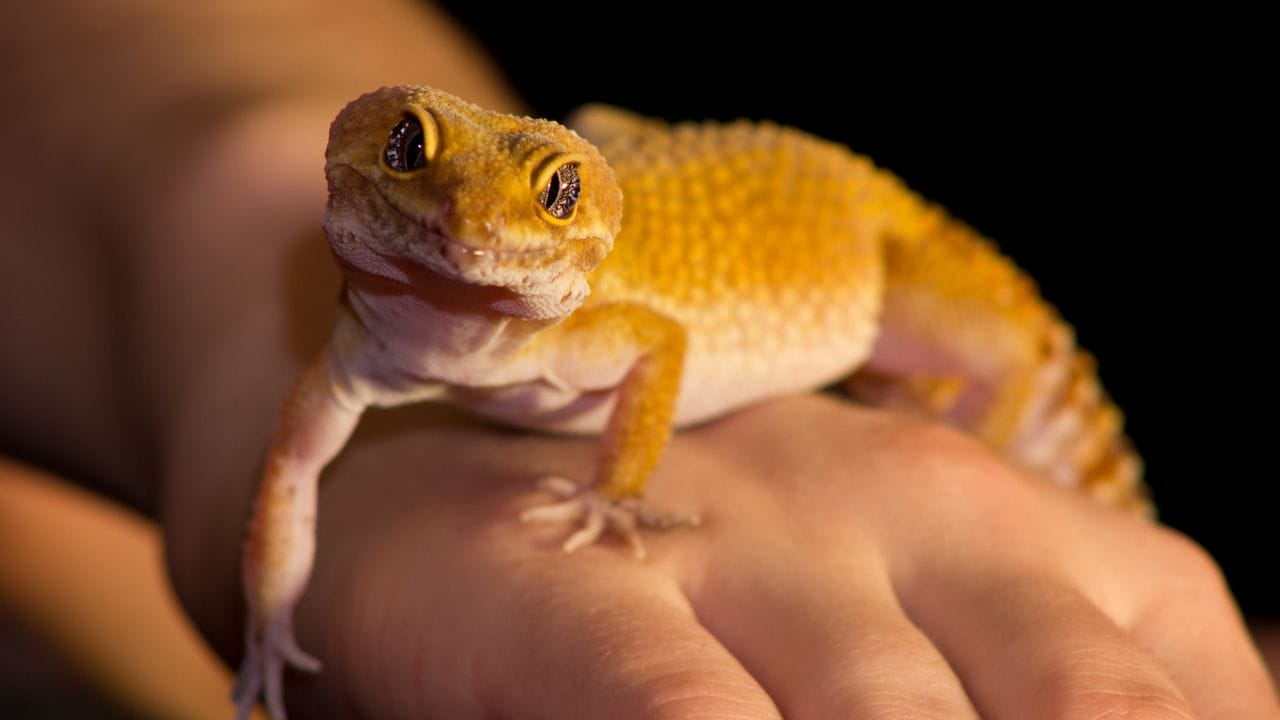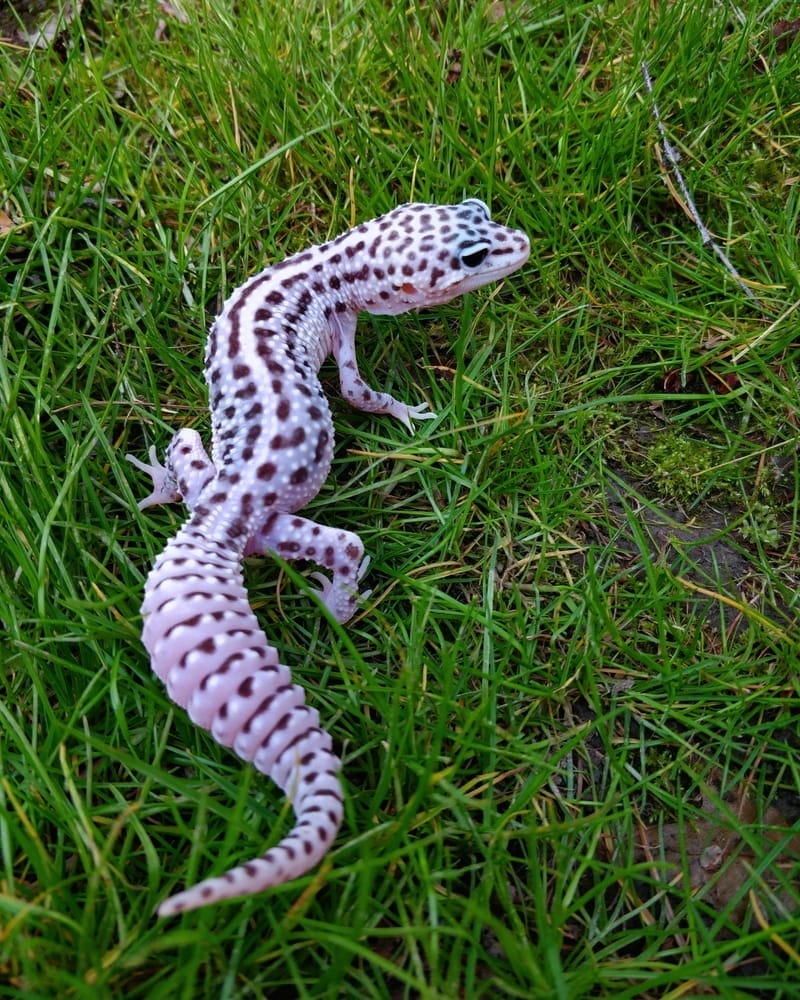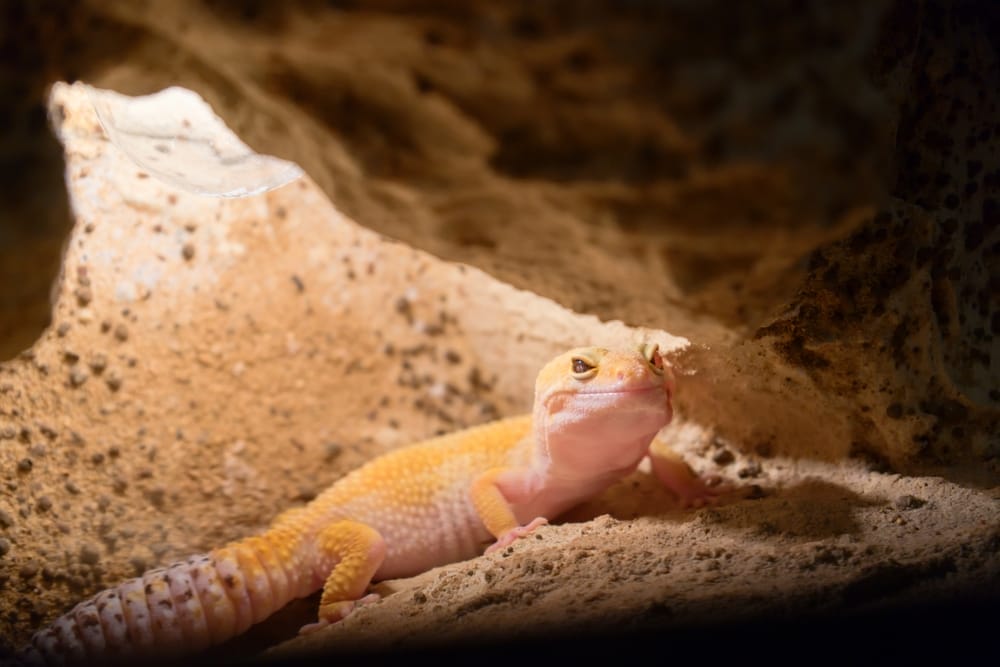This post was created with help from AI tools and carefully reviewed by a human (Muntaseer Rahman) . For more on how we use AI on this site, check out our Editorial Policy.
Check Out These FREE Tools We Made JUST For You!
Why Is My Leopard Gecko Not Moving?

You go to feed your leopard gecko like you always do—but this time, he doesn’t budge.
No head tilt.
No tail wiggle.
Nothing.
If you’ve been there, frozen in front of a frozen pet, you know the fear. Let’s talk about what it could actually mean—and when you should worry.
Normal Reasons Your Leopard Gecko Might Stay Still
Not every still gecko is a dying gecko. Sometimes they’re just doing what geckos do—being weird little lizards.
Here’s when you can chill:
Sleeping or Just Vibing
They’re nocturnal. If it’s daytime, your gecko is probably snoozing. Even at night, they don’t always sprint around. Some just like to stare at walls and reflect on life.
Brumation Mode
If it’s colder months, they might be brumating. That’s like reptile winter shutdown mode. Less movement, less food, less everything. Totally normal.

Digesting That Bug Buffet
After a big meal, geckos like to park it and digest.
You’ll often find them under their warm hide, doing absolutely nothing. That’s just their version of post-taco nap.
Chilling for the Heat or Cool
They don’t move around just to entertain you.
Sometimes they’re soaking up heat or hiding out to cool down. It’s temperature management, not laziness.
So yeah, stillness can be totally fine.
The trick is knowing when it’s “normal gecko still” and when it’s “uh-oh still.”
Concerning Reasons Your Gecko Isn’t Moving
Sometimes your gecko isn’t just being a chill little lizard.
Sometimes, it’s a sign something’s off.
Tank Temperature Is Too Low
If your gecko’s tank feels like a fridge, it’s gonna act frozen. They need proper heat to function. Warm side should be around 88–92°F. Cool side, about 75–80°F.
Dehydration
Dry gecko = sluggish gecko.
If the skin looks wrinkly or the eyes seem sunken, it needs water fast.

Impaction
If your gecko ate something it can’t pass—like sand, gravel, or oversized bugs—it can get blocked up. Signs include bloated belly, no poop, no interest in food, and zero movement.
Illness or Infection
Lethargy can mean sickness. Respiratory infection, parasites, or worse. Watch for wheezing, drool, runny poop, or weight loss. Don’t wait on this—get a vet.
Stress or Shock
Too much handling, loud sounds, or sudden tank changes can freak them out. A stressed gecko might freeze, hide all day, or stop eating.
If you’re seeing any of these along with the stillness, don’t guess. Act fast. Your gecko’s counting on you.
How to Tell If It’s Normal or Not
So your gecko isn’t moving. Is it just being dramatic—or is it dying?
Here’s how I figure it out without losing my mind:
Is It Eating?
If it’s smashing bugs like usual, that’s a good sign. A gecko that eats is a gecko that works.
Is It Pooping?
No poop? Red flag. A blocked-up gecko won’t move much. Check for impaction signs.
Is It Moving at Night?
Use a red light or sneak in with your phone. If you catch it roaming at 2 AM, it’s just being nocturnal, not dead.

Are Temps Right?
Pull out that thermometer. Bad heat = bad vibes. Fix the temp, and you might fix the gecko.
Any Other Weird Symptoms?
Look at its eyes, breathing, skin, weight. If anything looks off, don’t play vet—call one.
When in doubt, always treat it as serious. Worst case, you wasted a little time. Best case, you saved your gecko.
What You Can Do Now?
Your gecko’s frozen. You’ve ruled out the lazy stuff. Now what?
Check the Tank Setup
This is the first thing I do. Heat, humidity, light—make sure everything’s where it should be.
Gently Nudge It
Not rough, just a soft poke or light nudge. If it blinks or shifts, that’s a good sign. If it’s stiff, that’s not great.
Offer Food or Water
Drop a worm in front of it. No reaction? That’s another clue. Same with water—try dripping a little near its mouth.
Check for Poop
Look around the tank. Fresh poop means the plumbing still works. No poop + no movement = time to worry.
Call a Reptile Vet
If it hasn’t moved for over a day and isn’t eating, don’t guess. Book the appointment. You’ll sleep better knowing you did.
Sometimes you fix it with a heat tweak. Sometimes you need pro help. Either way—do something now, not next week.
About Author
Hello, I’m Muntaseer Rahman, the owner of AcuarioPets.com. I’m passionate about aquarium pets like shrimps, snails, crabs, and crayfish. I’ve created this website to share my expertise and help you provide better care for these amazing pets.
Disclaimer
This site is owned and operated by Muntaseer Rahman. AcuarioPets.com is a participant in the Amazon Services LLC Associates Program, an affiliate advertising program designed to provide a means for sites to earn advertising fees by advertising and linking to Amazon.com. This site also participates in other affiliate programs and is compensated for referring traffic and business to these companies.

